Mitsubishi F-1 Japan Air Self-Defense Force Model
Production Time 9 to 10 weeks
Shipment is by FedEx, UPS or DHL International Express Courier with a normal door-to-door delivery time worldwide of within 2-3 business days after dispatch. Due to the current volatility of world fuel prices, the amount mentioned here is our best estimate for DHL and UPS and may be subject to change at the time of shipping.

Product statistics
Length: 17 Inches (43.2 Centimeters)Wingspan: 7.5 Inches (19.1 Centimeters)
Height: 4.3 Inches (10.9 Centimeters)
Scale: 1:41
$259.50
Manufacturer: Mitsubishi
Production Time 9 to 10 weeks
-
United States dollar ($)
-
Pound sterling (£)
-
Euro (€)
-
Australian dollar ($)
-
Canadian dollar ($)
-
Singapore dollar ($)
-
Swiss franc (CHF)
-
Japanese yen (¥)
-
Danish krone (kr.)
-
Hong Kong dollar ($)
-
Norwegian krone (kr)
-
Swedish krona (kr)
General Product Description
Our ReplicaHangar Mitsubishi F-1 Japan Air Self-Defense Force Model exhibits unique, unrivaled quality and detailed design to come as close as possible to the accuracy of the actual plane. It comes as standard with a robust, durable base or stand which is available in a variety of different finishes designed to match your own personal requirements including solid wood, wood with polished metal supports or adjustable wood wall mount and will be ready within about 9-10 weeks from placement of order.
The Mitsubishi F-1 Japan Air Self-Defense Force Model is made of the finest kiln dried renewable mahogany wood (commonly known as Lauan or Meranti) which has undergone many stages of carving and meticulous and careful sanding giving the beautiful, finished museum quality masterpiece. Many collectors and model connoisseurs demonstrate their preference for genuine handmade and hand painted mahogany wood models rather than plastic or die cast (diecast) alternatives due to the overall look and totally different feel of the item - we trust you will find the same. We can however, if required produce the same model in Solid Cast Resin so just click and contact us for further information. Our craftsmen and gifted artisans ensure that our finely handcrafted model airplanes match the precise blueprint details of the original aircraft. The paint scheme, markings and parts are closely matched, reflecting the original aircraft. This stylish top-quality desktop replica model will surely enthrall anyone who receives this as a gift and for sure one of the most appropriate and desirably collectable gifts for any aviation enthusiast or avid military jet aircraft collector whilst also displaying a perfect resemblance to the actual real life version.
There are many types of military jet aircraft, but the basic types are bombers, fighters, fighter bombers, spotter planes, transporters, patrol aircraft, trainers, and reconnaissance and observation aircraft. All these types of aircraft are used for different types of missions. If you're a fan of historic or present-day military aviation, our model aircraft will bring the excitement and character of these aircraft right into your own home.
If you require, we can also make the Mitsubishi F-1 Japan Air Self-Defense Force Model in any other military, government or even private livery or colour scheme you require and if necessary, in a different size or scale. Just click here to contact us with a description or photographs of what you require, and we will let you have a quotation for the necessary customization by return email. We can also make bespoke scale replicas of any other private / civil commercial airliner or airliners, helicopter, glider, gliders with engines, military propeller, warplane jets, biplane, triplane, tail fin, spacecraft, rocket or NASA model you require in any airline, military or civilian livery or colors. We also produce model airships, blimps, dirigibles, blimps, boats, and ship collectibles. Wall plaque or seal for military, government or private customers. Again, by clicking here to contact us just let us know exactly what you need.
The Mitsubishi F-1 is Japan’;s first post-World War II domestically developed and built military jet, to enter production in Japan since the end of World War II, thus it was nicknamedquot;Supersonic Rei-Sen quot;. Mitsubishi Heavy Industries and Fuji Heavy Industries jointly developed the F-1. At first glance, it resembles theFrenchAnglo SEPECAT Jaguar, but was a completely independent Japanese effort (although it uses the same engines). Its primary role is anti-ship attack, secondary role is ground attack, and it has limited air-to-air capabilities (short-range AIM-9 Sidewinder for self-defense).
Design and development
In the mid 1960s, the Japan Air Self-Defense Force (JASDF) commenced studies into an advanced jet trainer which could also be modified to serve in the ground attack and anti-shipping roles. After considering license production of the T-38 Talon and SEPECAT Jaguar, Japan decided to develop its own trainer, thesupersonic Mitsubishi T-2, this first flying on 20 July 1971. Cost over-runs in the T-2 program led to the proposed single seat attack version almost being abandoned, but the cancellation of the Kawasaki P-XL, the planned replacement for Japan’;s Kawasaki P-2J maritime patrol aircraft freed-up funds, while making it important to keep Japan’;s aviation industry employed, and contracts were awarded for the development of the attack version as the in 1973.
The new aircraft was a minimum change derivative of the T-2, with the rear cockpit being converted to an avionics bay by removing the rear seat, and replacing the canopy with a simple unglazed access hatch.3 Two additional hardpoints were fitted under the wing to allow carriage of a heavier weapon load, and the avionics were improved,4 with a new J/AWG-12 radar set, similar to that fitted in British Royal Air Force F-4M Phantom fighter jets.5 This set provides ranging information. Aside from the avionics changes, deletion of the rear seat, and new one-piece canopy, the only other major change from the T-2 was the strengthening of the airframe to enable it to carry a larger weapons load than the T-2. The F-1 is fitted with an internally mounted 20 mm JM61A1 Vulcan cannon with 750 rounds of ammunition. The aircraft also has seven external hardpoints for the carriage of a wide variety of stores. The fuselage hardpoint and inboard pair of underwing hardpoints arequot;wet quot;, which means they can be used to carry external fuel tanks to increase the aircraft’;s range. The primary weapon of the F-1 is the ASM-1 and the newer ASM-2 long-range anti-ship missile. This weapon is roughly in the class of the American AGM-84 Harpoon or French AM.39 Exocet. Other weapons carried include the all-aspect short-range heat-seeking AIM-9 Sidewinder air-to-air missile for air-to-air combat. This weapon is carried on the wingtip rails usually, but it can also be carried on the outboard underwing hardpoints for the F-1′;s secondaryair defense role. Other air-to-ground weapons carried include rocket pods (JLAU-3/A) of 70 mm (2.75 in) size as well as bombs of 227 kg (500 lb) and 340 kg (750 lb) in size (Mk82 and M117 respectively). In addition, the Mk-82 and M117 bombs can be fitted with infrared guidance kits, turning them into precision-guided weapons that home in on heat radiation emitted from seaborne targets such as ships or other ground-based targets. When fitted with this kit, the bomb becomes known as GCS-1.
The F-1 was replaced by the F-2 (Japan/U.S. developed, based on F-16C/D), as well as upgraded F-4EJquot;Kai quot; Phantom IIs. The last six active F-1s, based at Tsuiki in Fukuoka Prefecture, were retired on 9 March 2006, having reached the 4,000 hour limit of their airframes.
Courtesy Wikipedia
| Weight | 6 kg |
|---|---|
| Dimensions | 17 × 7.5 × 4.3 in |
Be the first to review “Mitsubishi F-1 Japan Air Self-Defense Force Model” Cancel reply
Related products
Military Airplanes - Jet
Military Airplanes - Jet
Military Airplanes - Jet
Military Airplanes - Jet
Military Airplanes - Jet
Military Airplanes - Jet
Military Airplanes - Jet
Military Airplanes - Jet

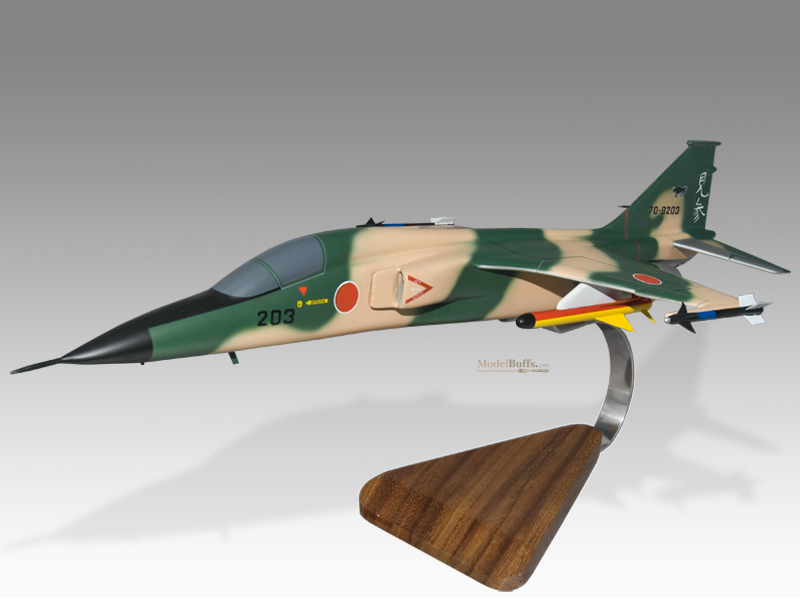

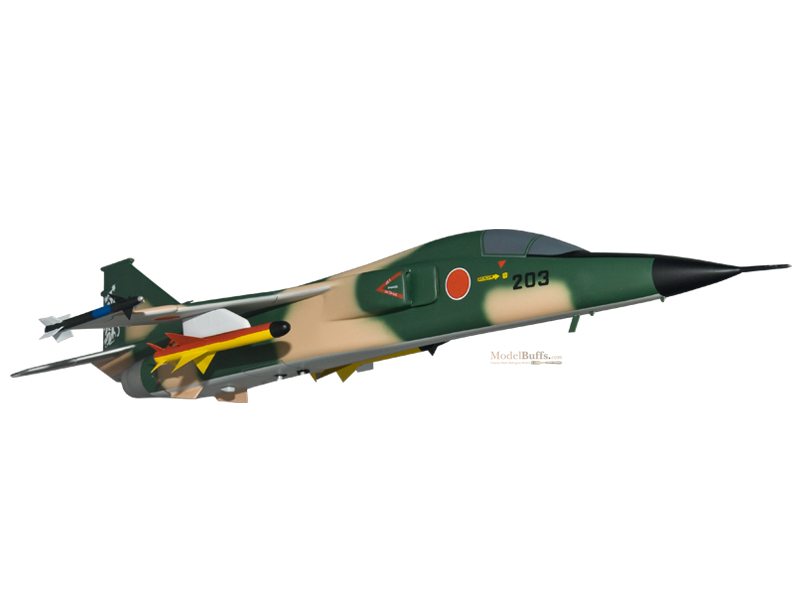
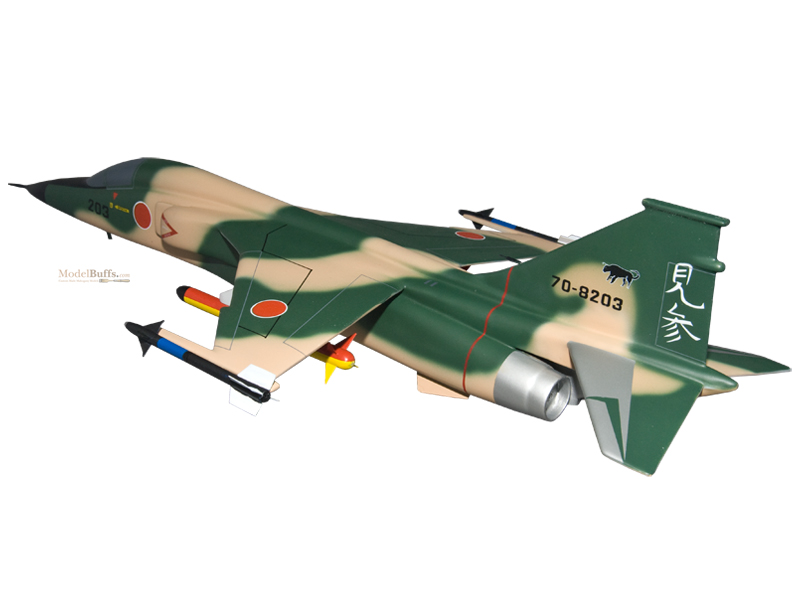

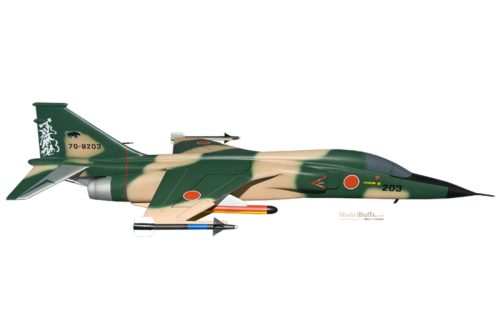

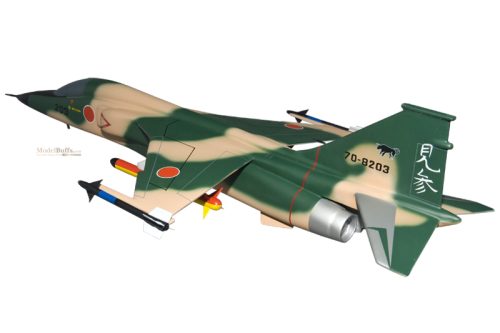
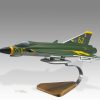
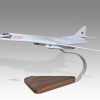

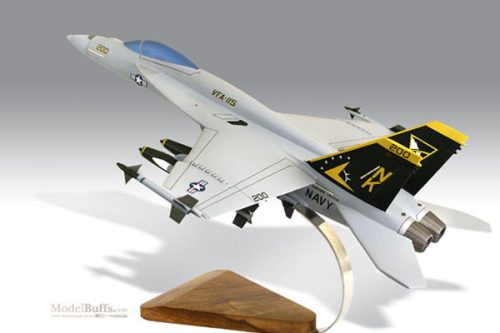
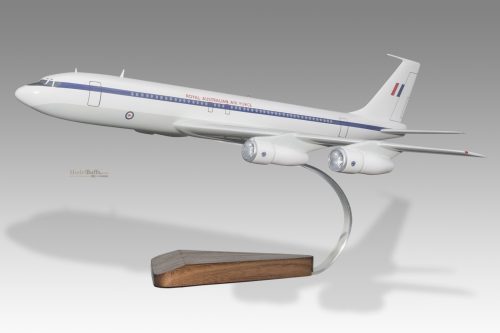
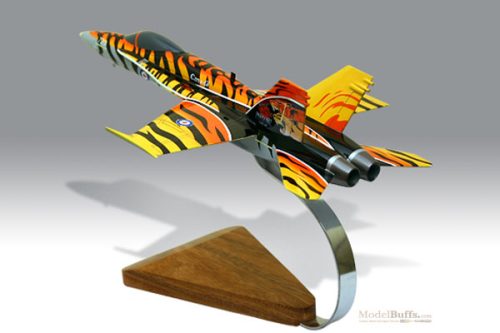

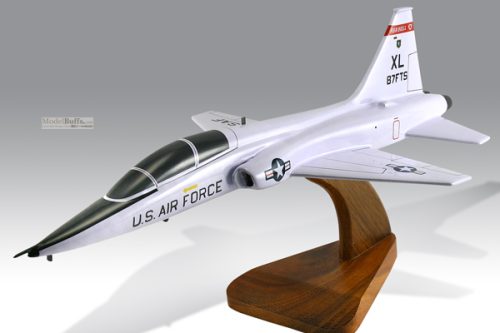


Reviews
There are no reviews yet.